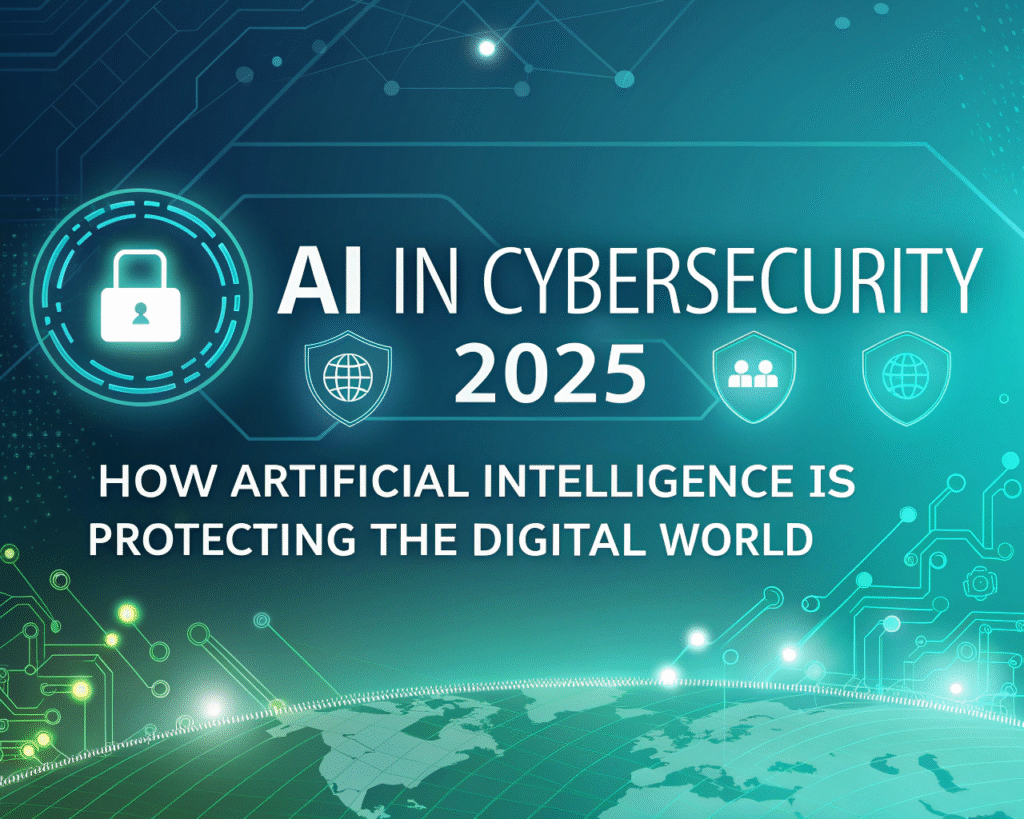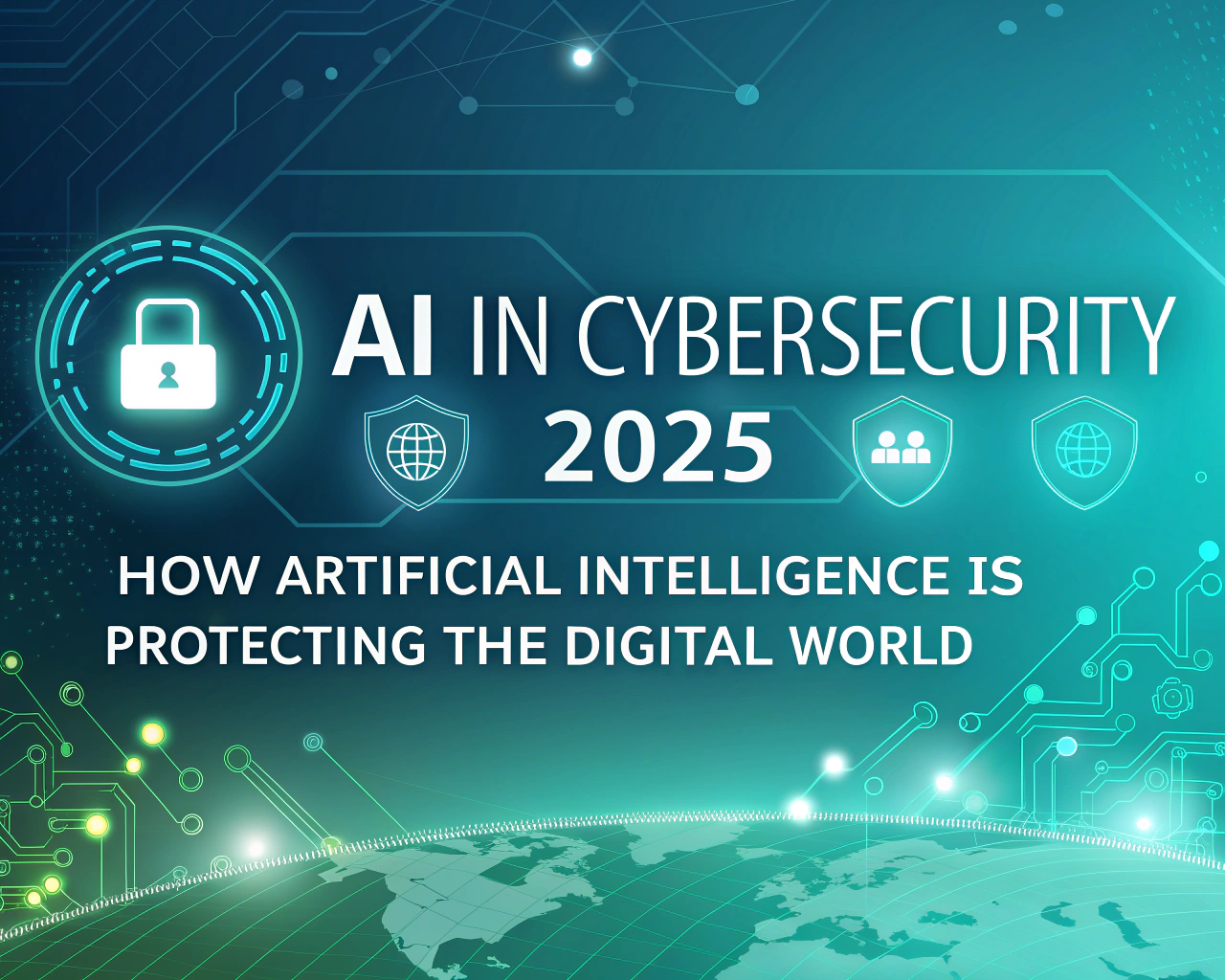Enter Artificial Intelligence (AI)—a powerful ally in the fight against cybercrime. AI is revolutionizing cybersecurity by detecting threats in real-time, predicting attacks before they happen, and responding instantly to suspicious activity.
Why AI is Critical for Cybersecurity in 2025
Cyber attacks are growing at an alarming rate. Reports predict global cybercrime damages will reach $10.5 trillion annually by 2025. Traditional security systems can’t keep up with the sheer volume and sophistication of threats, which include:
- Ransomware attacks.
- Phishing scams.
- Insider threats.
- Advanced Persistent Threats (APTs).
AI-powered cybersecurity solutions analyze vast amounts of data, identify unusual patterns, and take proactive measures—often faster than any human team.

Key Applications of AI in Cybersecurity
1. Threat Detection and Prevention
AI can identify abnormal behavior in networks and systems within seconds. For example, if a hacker tries to access a database from an unusual location, AI can flag or block the activity instantly.
2. Predictive Analysis
Machine learning algorithms can predict potential attack points by analyzing historical cyberattack data. This allows businesses to fix vulnerabilities before criminals exploit them.
3. Automated Incident Response
When an attack occurs, AI systems can automatically isolate affected devices, stop malicious processes, and alert the security team—minimizing damage and downtime.
4. Fraud Detection
Banks and e-commerce companies use AI to monitor transactions and detect fraudulent activity in real-time, preventing millions in potential losses.
5. Phishing Email Identification
Natural language processing (NLP) enables AI to detect phishing attempts by analyzing email patterns, tone, and embedded links.
Benefits of AI in Cybersecurity
- Speed: AI processes massive datasets instantly.
- Accuracy: Fewer false alarms compared to traditional systems.
- Scalability: AI can monitor millions of devices simultaneously.
- 24/7 Protection: AI never sleeps, offering constant monitoring.
Challenges and Limitations
While AI offers tremendous benefits, it also faces challenges:
- Data Privacy Concerns: AI systems require large datasets, which could raise privacy issues.
- Adversarial AI Attacks: Hackers can also use AI to launch sophisticated attacks.
- High Implementation Costs: Advanced AI security systems can be expensive for small businesses.
- Skill Gap: Many companies lack skilled AI security experts.
Real-World Examples of AI in Cybersecurity
- Darktrace: Uses machine learning to detect insider threats and anomalies.
- CrowdStrike: Employs AI for endpoint protection and malware detection.
- IBM QRadar: Integrates AI to analyze threat intelligence data.
Future of AI in Cybersecurity Beyond 2025
- Quantum AI Security: With quantum computing on the horizon, AI will help secure systems against quantum-level attacks.
- Self-Healing Networks: AI will automatically repair vulnerabilities without human intervention.
- Zero Trust Models: AI will make zero trust security more adaptive and real-time.
Conclusion
In 2025, AI isn’t just a tool for cybersecurity—it’s a necessity. As cyber threats evolve, AI will play a central role in detecting, preventing, and responding to attacks faster than ever. Businesses that embrace AI-powered security will be better equipped to protect their data, reputation, and customers.


